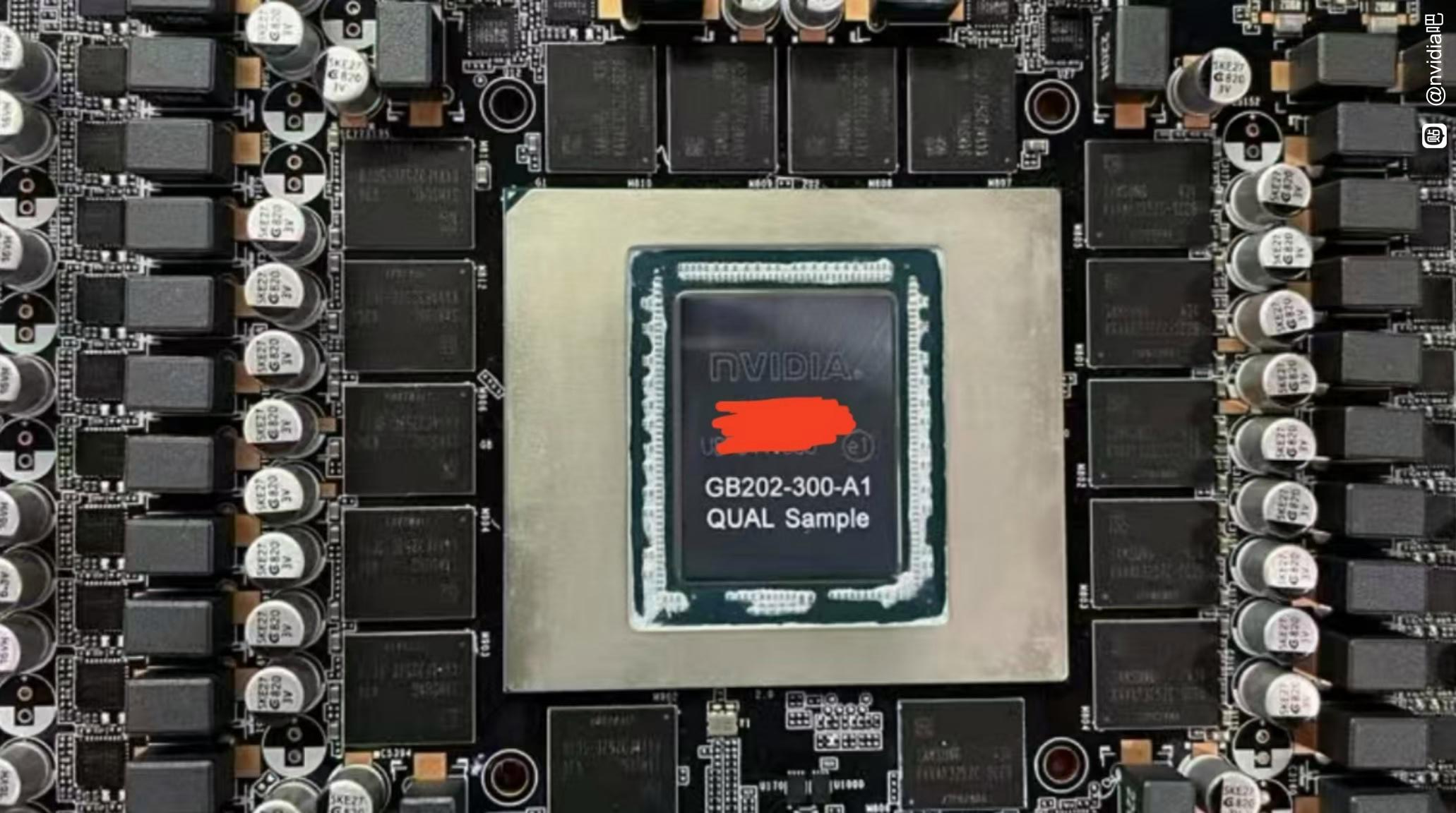
Nvidia’s soon-to-launch RTX 5090 may push the limits for how much power a gaming GPU can consume, as the card may use 29 VRMs in total, according to Benchlife.info.
The Chinese outlet apparently followed up on an image of what seems to be a pre-release model of a top-end Blackwell GPU, potentially the 5090; the image was published to the semiconductor enthusiast forum Chiphell and ostensibly depicts a GB202 qualification sample chip. Given that the GPU appears to come with 32GB of VRAM and lots of power stages and looks to have a die size of roughly 700 mm2 or so, it’s been assumed this is the 5090.
While most of the power stages are visible in the image, it’s hard to say how many there are in total and how they’re organized. Potentially relying on sources familiar with Nvidia’s impending RTX 50 series, Benchlife.info claims that the 5090 uses a 16+6+7 power stage configuration. This makes for 29 total VRMs, a substantial increase over the 23 VRMs that the RTX 4090 Founders Edition used in a 20+3 configuration.
A VRM configuration divided into three parts would be a departure from what Nvidia did with the 4090 and 3090 (Ti). Both of those cards used the vast majority of their VRMs for the GPU, and then allocated three for the memory. Some third-party GPUs set up power stages in three parts, but usually, the second group only has one or two stages.
Presumably, the first two groups are allocated to the graphics chip, which would make sense if the 5090 has a 600-watt Total Graphics Power (TGP), a rumor that Benchlife.info claims is accurate. That would leave the remaining seven stages for the memory, more than twice what the 4090 needs for its 24GB of GDDR6. If true, this implies that the 5090’s rumored 32GB of memory might consume significantly more power than VRAM on Nvidia’s previous cards.
If the 5090 does use a 29-stage power design, Nvidia may need a bigger or at least better cooler than it uses for the 4090. The 4090s cooler is mostly the same as the one used for the 3090 Ti but with some slight modifications. With an extra 150 watts to cool, though, more significant alterations may be necessary unless Nvidia is okay with hotter GPU temperatures or elevated noisiness.
Benchlife.info’s article also referenced rumors that the 5090 would support PCIe 5.0 and come with a 14-layer PCB to accommodate the high-power design of the GPU better, but since publication, that part of the piece has been edited out. It’s unclear why the publication deleted these details, especially since Benchlife.info had been the first to claim PCIe 5.0 support and a 14-layer PCB back in September.







